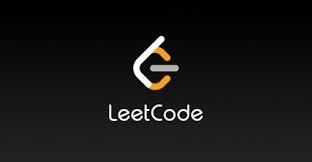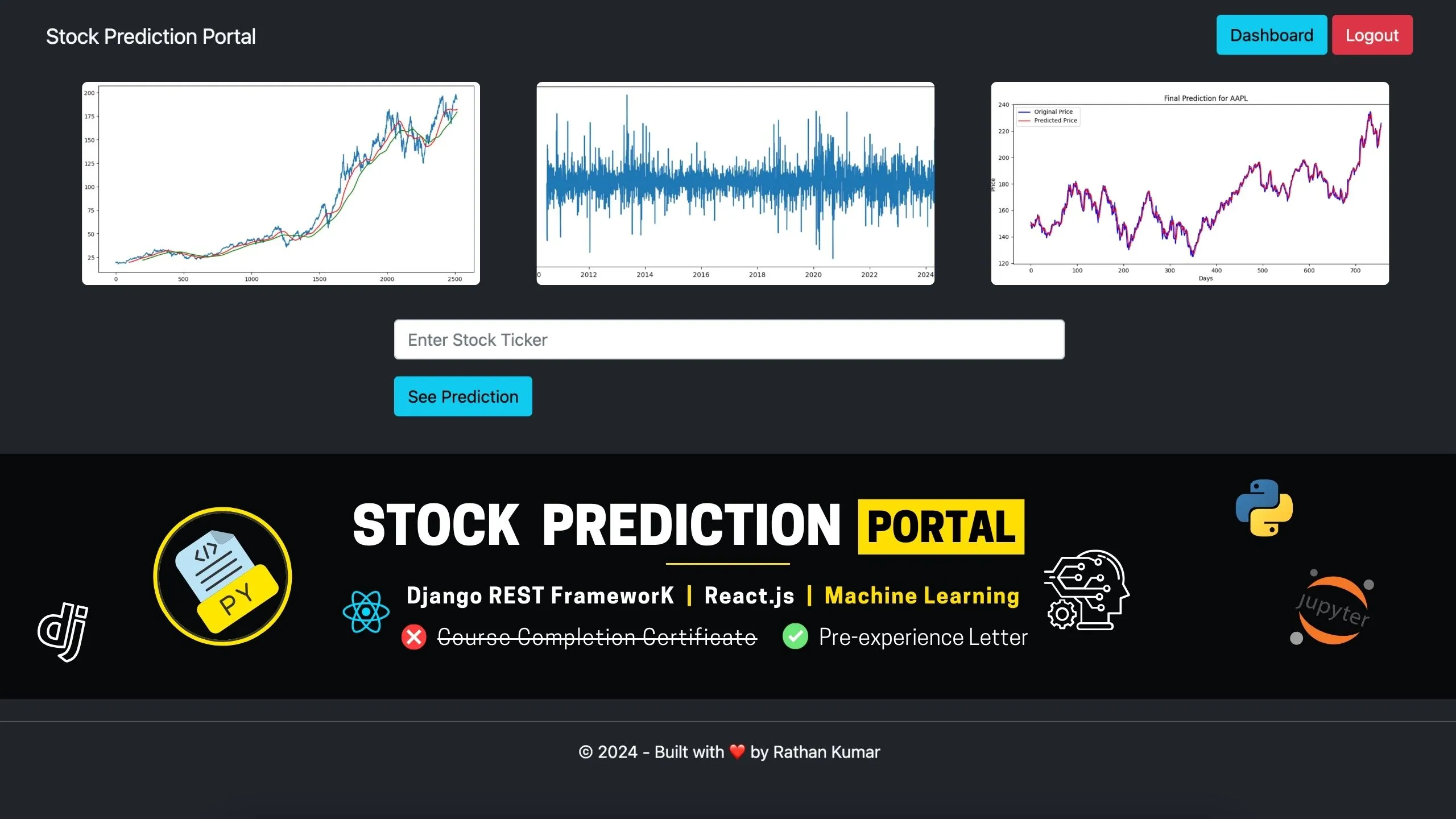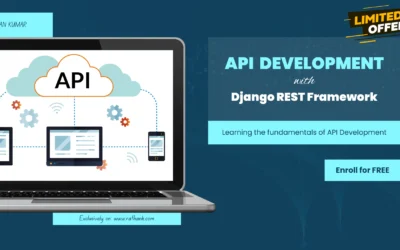Intro: Master Python with Interactive Coding Challenges: A Winning Strategy
Are you wanting to have fun and improve your Python programming skills? The perfect solution for you can be interactive coding challenges! Python is a flexible language, and practice is the key to learning it. We’ll discuss the advantages of interactive coding challenges and how they can speed up your Python learning process in this blog post.
Why Interactive Coding Challenges?
- Learning by Doing: Interactive coding exercises offer a practical way to learn Python. You will actively work with the code to reinforce your learning rather than simply reading through theory.
- Problem-Solving Skills: Python coding tasks frequently include real-world issues, which aid in the development of problem-solving abilities. Whether you’re a novice or an expert coder, these abilities are priceless.
- Instantaneous Feedback: One of the major benefits of interactive challenges is the quick feedback you get. If your answer is effective or if there are mistakes to be corrected, you’ll know immediately away.
How to Get Started


- Choose a Platform: Python coding challenges can be found on a number of online venues, including HackerRank, LeetCode, and CodeSignal. Choose one that fits your goals and skill level.
- Select Your Challenge: The majority of platforms divide tasks into categories based on topics (such as algorithms and data structures) and degree of difficulty (such as easy, medium, and hard). Start with difficulties according to your level of expertise.
- Code and Test: Before beginning to code, thoroughly read the problem statement. Write your code and then submit it for review. Your solution will pass or fail all test cases according to the platform’s feedback.
- Learn from Solutions: If you are unable to resolve a problem immediately, try not to get discouraged. Numerous platforms offer editorial solutions and debates that might aid in your understanding of various strategies.
How Interactive Challenges Complement Your Python Course
Interactive coding exercises can be an excellent addition to a Python training. This is how:
- Reinforcement: They support the ideas you’ve studied in class. Applying what you learn to actual problems helps you understand it better.
- Practical Application: It is simpler to adapt what you have learned in class to real-world problems since challenges frequently reflect real-world situations.
- Problem Diversity: Challenges range widely in subject matter and degree of difficulty. You will be exposed to many facets of Python programming as a result of this diversity.
Preparing for the Next Level
As you go through the coding challenges and Python course, you may begin to consider the next level. This could include taking on more complicated issues, contributing to open-source projects, or even thinking about a career transition into Python-related industries such as web development or data science.
Consider enrolling in advanced Python courses or specialisation programmes to prepare for these phases. These can help you go deeper into specific Python fields while also increasing your attractiveness to potential employers.
Conclusion
Finally, interactive coding challenges are a fun and interactive approach to improve your Python skills and gain a thorough understanding of the language. Whether you’re a beginner or a seasoned developer, they provide a wonderful chance for hands-on learning and skill improvement. By effortlessly combining these tasks into an organised Python course, you will not only accelerate your understanding of this flexible programming language, but you will also be preparing yourself for the exciting opportunities that Python offers in the world of technology and innovation.
So, are you up for a voyage of coding, problem-solving, and skill development? Try out interactive coding challenges and see your Python abilities soar to new heights!
You may Also Like Effective Debugging Techniques for Python Developers








